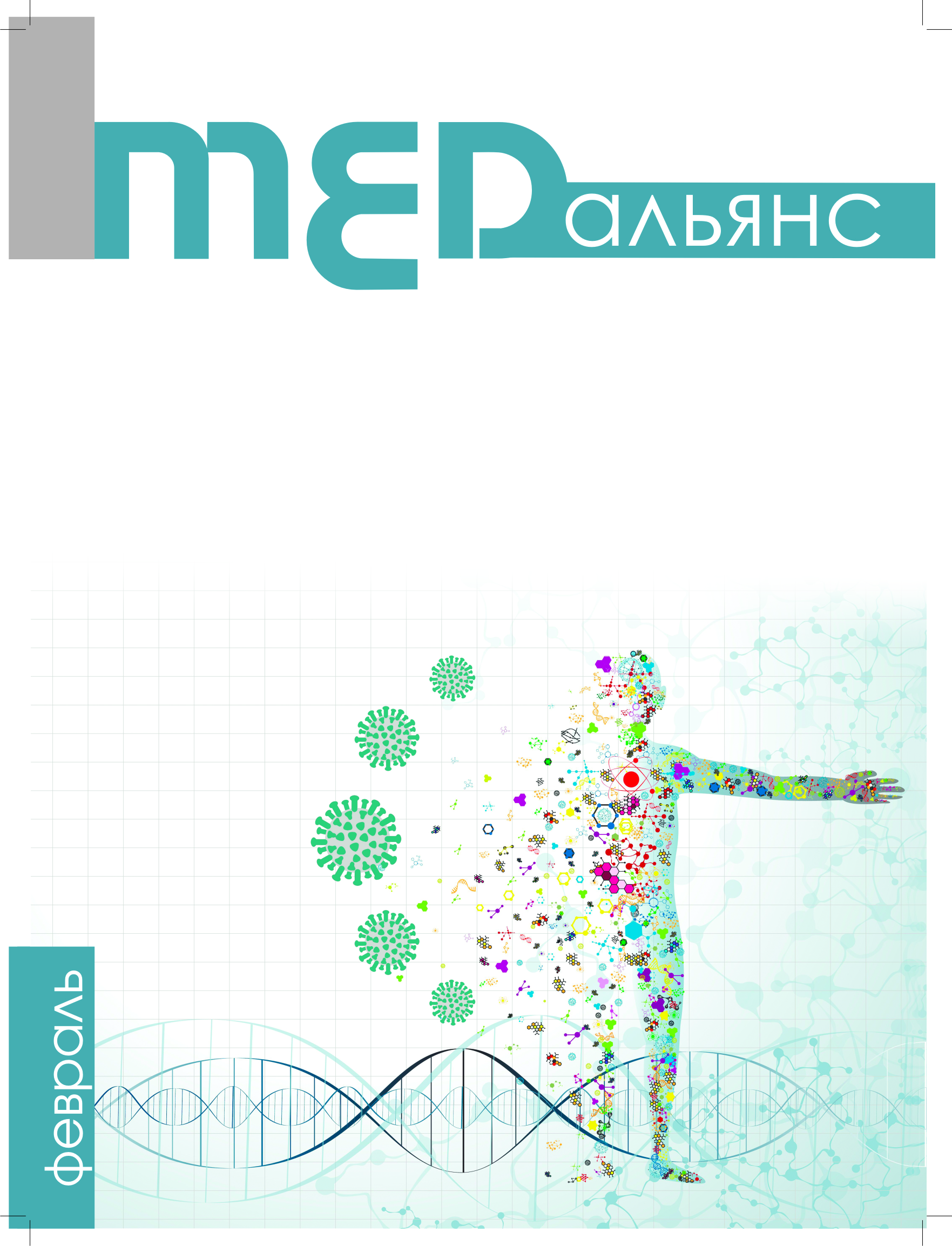Abstract
In the article, a review of foreign and Russian literature suggests that both multidrug-resistant tuberculosis spread and the HIV epidemic are factors maintaining the high tuberculosis burden worldwide and in the Russian Federation. The main transmission pathway for HIV-infection in the Russian Federation, as well as in other countries of Eastern Europe and Central Asia, is now attributed to heterosexual contact, which has surpassed the intravenous injection route of transmission. A rise in heterosexual risk of HIV transmission is accelerating epidemic progression amongst the general population, thereby contributing to a generalization of the epidemic process. The authors also provide an analytical review of publications related to risk factors for multidrug-resistant tuberculosis development in HIV-infected patients. It is found that such literature is limited in foreign countries, as well as in the Russian Federation. There is information about the general role of HIV infection in tuberculosis burden, but the influence of socio-demographic, epidemiological and clinical factors for multidrug-resistant tuberculosis development in people living with HIV is not sufficiently studied. Thus, there is a need for further studies designed to analyze the socio-demographic, epidemiological and clinical characteristics of patients with multidrug-resistant tuberculosis and HIV co-infection in comparison with those who are HIV-negative. Knowledge of the main risk factors for multidrug-resistant tuberculosis development in people living with HIV will allow selective and targeted use of resources to achieve effective outcomes in treatment of HIV/TB co-infected patients.

